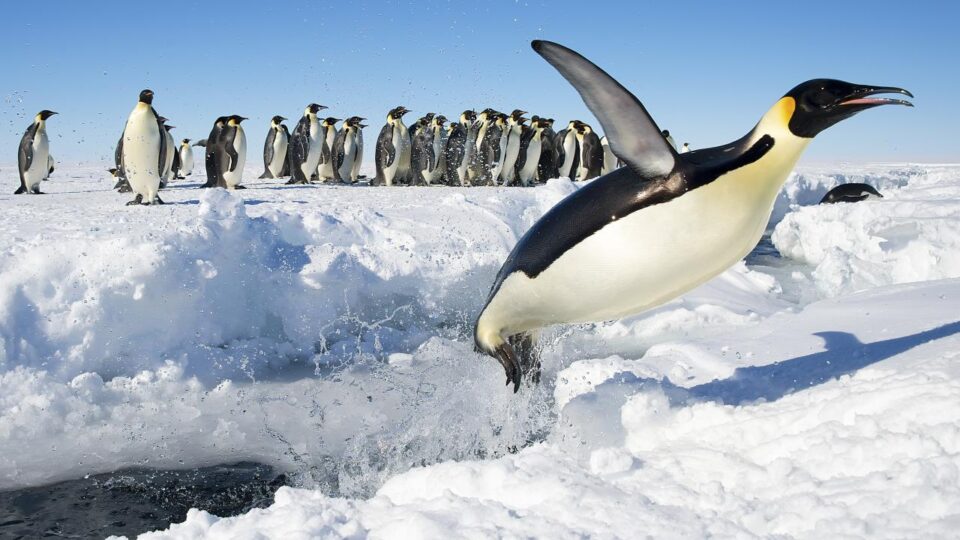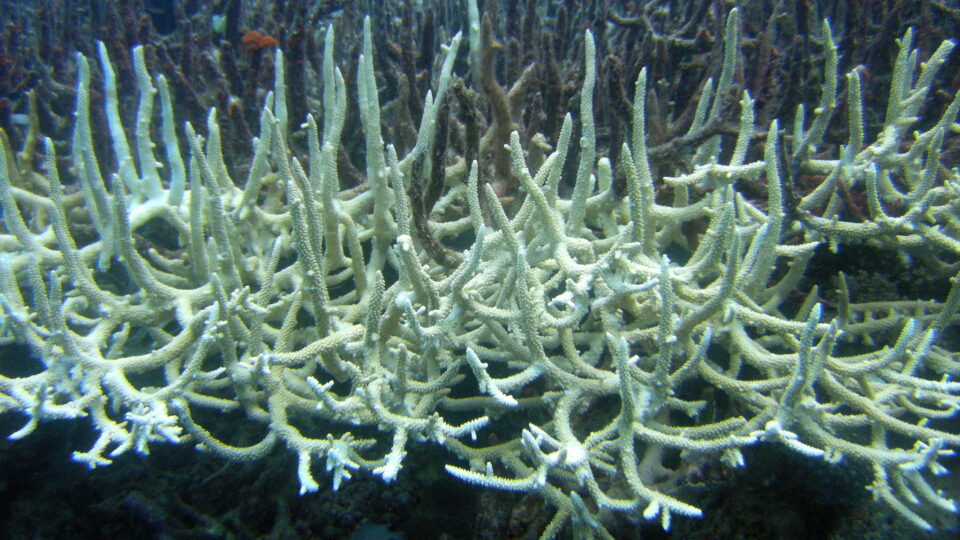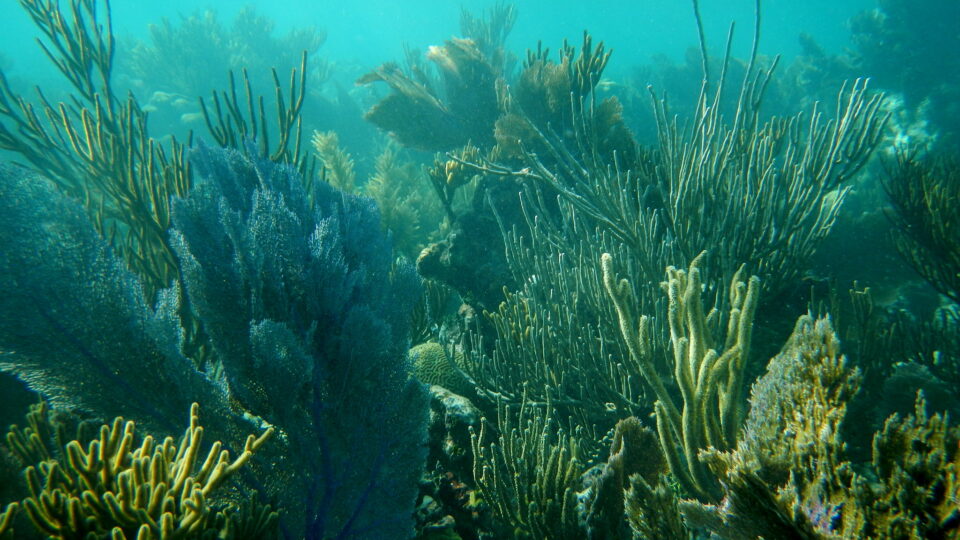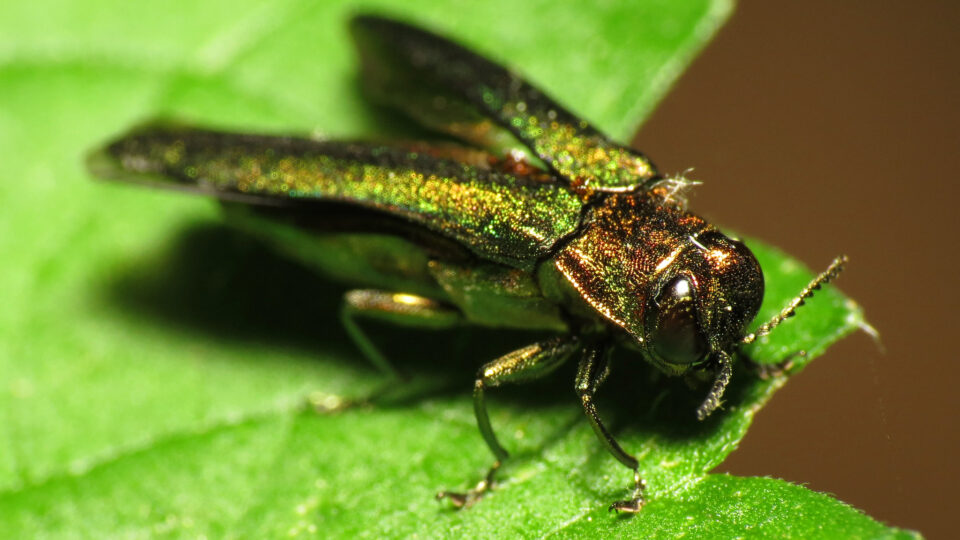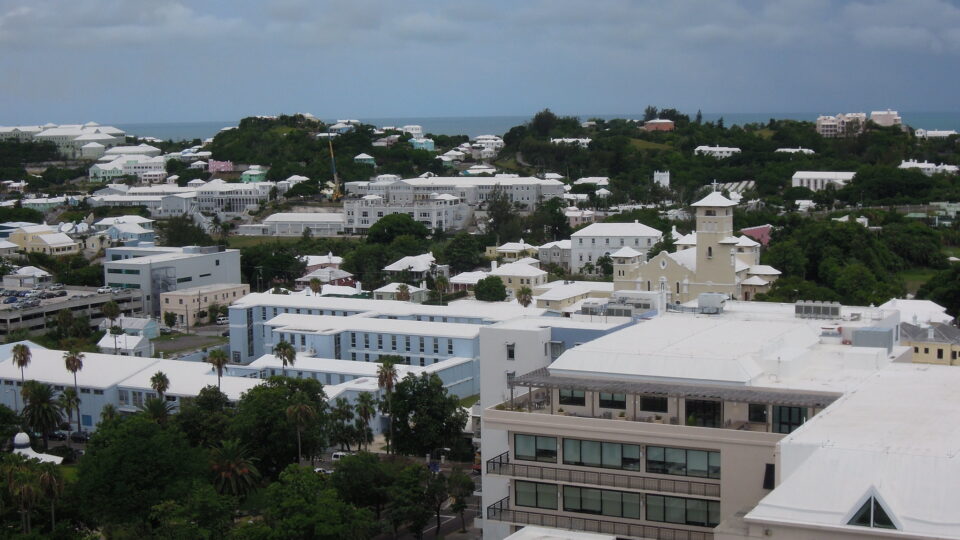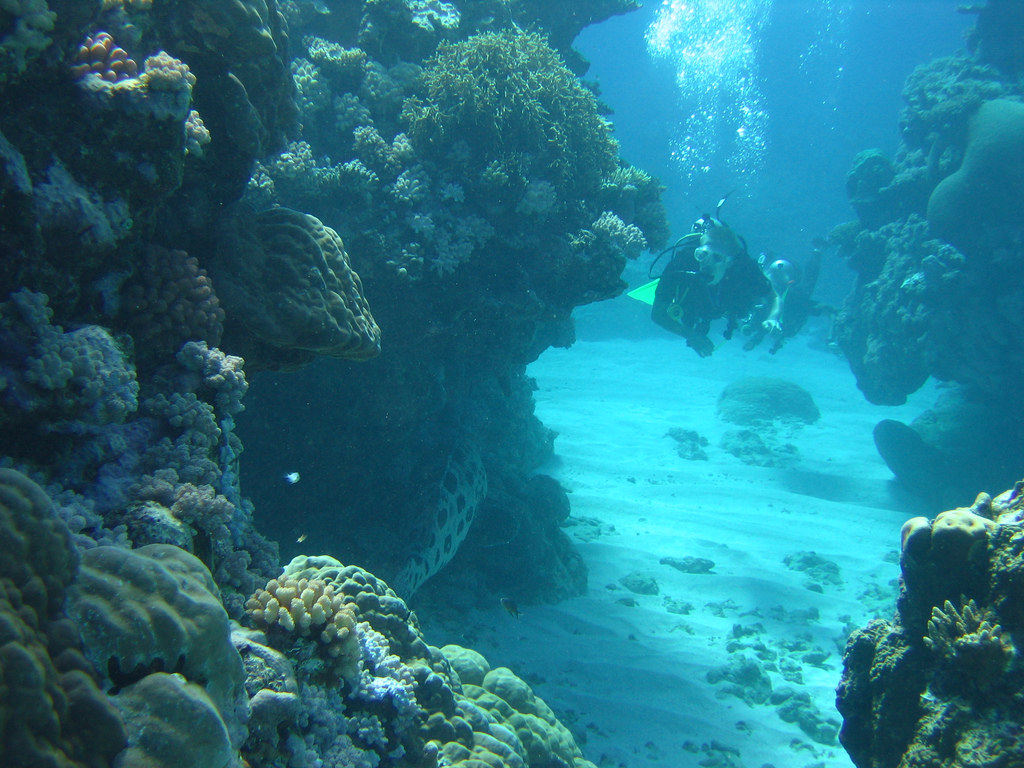The loss of sea ice in Antarctica has forced emperor penguins to seek out new breeding grounds. Some colonies have traveled more than 20 miles in search of stable ice. Emperor females lay a single egg on a stretch of sea ice at the start of winter and males keep the eggs warm while the females go hunting for up to two months to bring back food for their hatchlings.
Emperor penguins are the tallest and heaviest of all living penguin species. The loss of sea ice has led to unprecedented breeding failure in some emperor penguin colonies. Emperor penguins are not threatened by hunting, habitat loss, or other human-caused problems, but the changing climate could be their undoing.
Emperor colonies are easy to spot from above. The penguins are up to four feet tall and the droppings from large colonies stand out vividly against white snow. A careful study of satellite imagery has revealed four previously unknown colonies of emperor penguins along the edges of Antarctica. This is the first bit of good news about the penguins in quite a while. The new discoveries, reported in the journal Antarctic Science, brings the total number of known colonies to 66.
The new discoveries are encouraging, but emperor penguins remain at risk from the warming climate. Three of the four new colonies are small, with fewer than 1,000 birds. So, the discovery does not have a big impact on the overall emperor penguin population. The addition of the new colonies is overshadowed by the recently reported colony breeding failures resulting from early and rapid ice losses.
**********
Web Links
Thousands of Emperor Penguins Discovered by Satellite
Photo, posted January 19, 2014, courtesy of Christopher Michel via Flickr.
Earth Wise is a production of WAMC Northeast Public Radio
